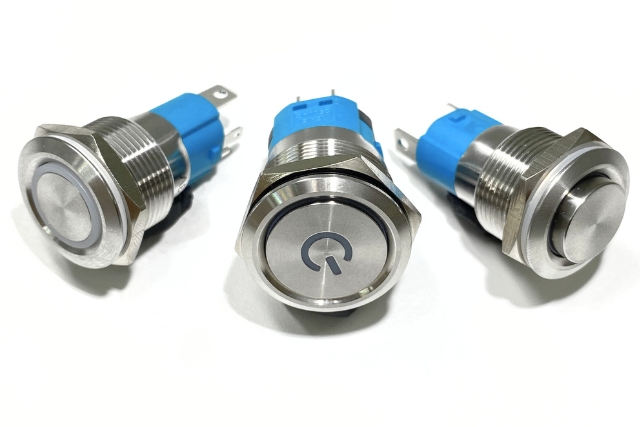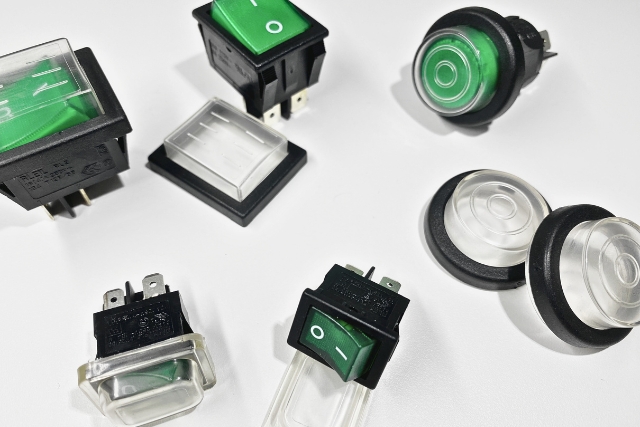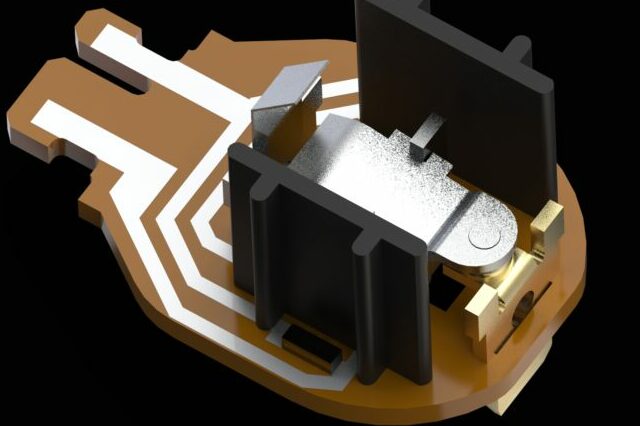In environments where safety and reliability are a priority, having robust, high-performance components is essential…

What is a switch and what functions does it perform?
In the dynamic world of telecommunications and computing, the switch has become an invaluable piece. Although it is highly appreciated by experts and professionals in the field, its importance and usefulness are often not fully understood by the general public. This is largely due to a lack of familiarity with what a switch is and its many features.
Today, from M2B Technologies we propose to shed light on this important device, clarifying its definition, utilities and who can benefit from its implementation. So start to fully understand this component!
What is a switch and who needs it?
A switch, also known in Spanish as a switch, is a hardware device responsible for the interconnection of computer networks, which works in the data link layer of the OSI (Open Systems Interconnection) model. It deals with receiving, processing and retransmitting the information it receives through its ports, directing it only to the specific destination. This differentiates it from other network devices such as hubs or repeaters, which retransmit information indiscriminately to all its ports, regardless of the recipient.
This selective approach to switches leads to a significant improvement in network efficiency, reducing data packet collisions and optimizing the speed and performance of information transmission. Therefore, any entity that needs to manage a large volume of data and seeks optimal network performance needs a switch. We are talking about companies, educational institutions, government agencies, and even private users with high network demands.
What are the switches for?
The switch functions are multiple and adaptable according to the specific needs of each network. Mainly, these devices are essential for the creation and efficient administration of local networks (LAN), allowing communication between the different connected devices. They also offer support for IP telephony, providing a solid infrastructure for voice over IP communications.
Switches allow you to implement virtual networks (VLANs) that segment a physical network into multiple logical networks, improving network security and management. In addition, managed switches offer the ability to set security policies, control network traffic, and optimize their performance through various techniques such as load balancing.
There are a variety of switches, from basic ones for home use to metal switches designed to withstand more demanding environments, such as industrial ones.
Conclusion
In summary, a switch or switch is a key element for any network that seeks efficiency, security and optimization in data transmission. The versatility and adaptability of these devices make them indispensable in today’s telecommunications ecosystem.
If you want to know more about these devices, or would like advice on which switch is the most suitable for your network, do not hesitate to contact us. And if you want to keep up to date with the latest information and news, follow our blog with current and quality information. Remember, we are here to help you!



